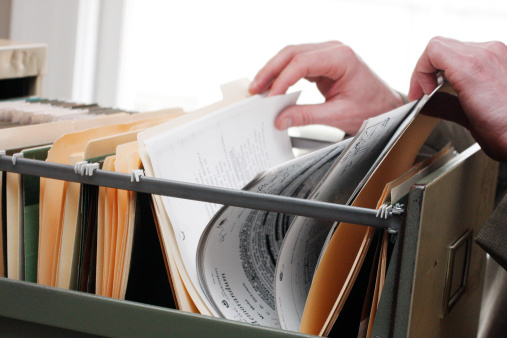Offices today are continually evolving to meet the needs of their employees and clients. In the hustle and bustle, departments often start using more space and resources, but rarely do department managers look at how they can make the most of the space that they already have. Wasted space is costly in terms of money and efficiency. But where is the wasted space? How much does it cost, really? And why should anyone care?
How Do Organizations Waste Space?
Many organizations waste valuable space by using outdated systems. Consider filing cabinets. Rows and rows of cabinets take up lots of floor space. They’re an inefficient and time-consuming way to store documents in the digital age, and that space could be better used to add cubicles for more staff or equipment to help employees be more productive. Old files that sit around collecting dust aren’t doing anyone any favors.
 Organizations also waste space with large decorative items, inefficient use of corner space, constructing offices when cubicles would work just fine, and more.
Organizations also waste space with large decorative items, inefficient use of corner space, constructing offices when cubicles would work just fine, and more.
What Is the Cost of Wasted Space?
Wasted space costs organizations a significant amount of money each year. Just by allowing employees to telecommute, most firms could save up to $9,000 per employee per year. However, if telecommuting isn’t practical for the type of work your business does, you can still see significant savings. Using space management software can save firms up to $1.5 million annually.
Why Should Department Heads Care?
Oftentimes, department heads don’t realize the importance of maximizing every inch of office space. They’re charged with other duties, and removing file cabinets or old furniture may not be at the top of their to-do lists. But FMs that help department heads see the costs associated with wasted space can provide the wakeup call they need to make changes where they’re needed.
Chargeback systems are one way to help departments better manage their finances and space. By instituting commercial real estate industry practices to allocate facility costs to departments according to the resources they use, it’s easier to see that resources aren’t unlimited and every bit of space costs someone something. Typically, costs are dictated by the square footage that each department uses.

As various departments become aware of their spending habits, it’s easier to implement departmental and across-the-board changes to create a clean, efficient work environment.
Costs Aside, What Are the Benefits of Well-Managed Office Space?
If a particular department head isn’t a number cruncher, you can still appeal to the many other benefits of a well-managed office space. For example, improving the office environment gets rid of workplace inefficiencies that are caused by poor organization. A beautiful space also improves the company’s public image and helps firms attract better talent.
Optimizing the office space is something that everyone should be interested in, and it’s easily done with robust and user-friendly space management software. Making the most of a space helps the organization’s bottom line and creates a more pleasant working environment for everyone.
[blog_cta id=’41bc1e1f-24ec-421c-b3cb-9a764087289e’]
